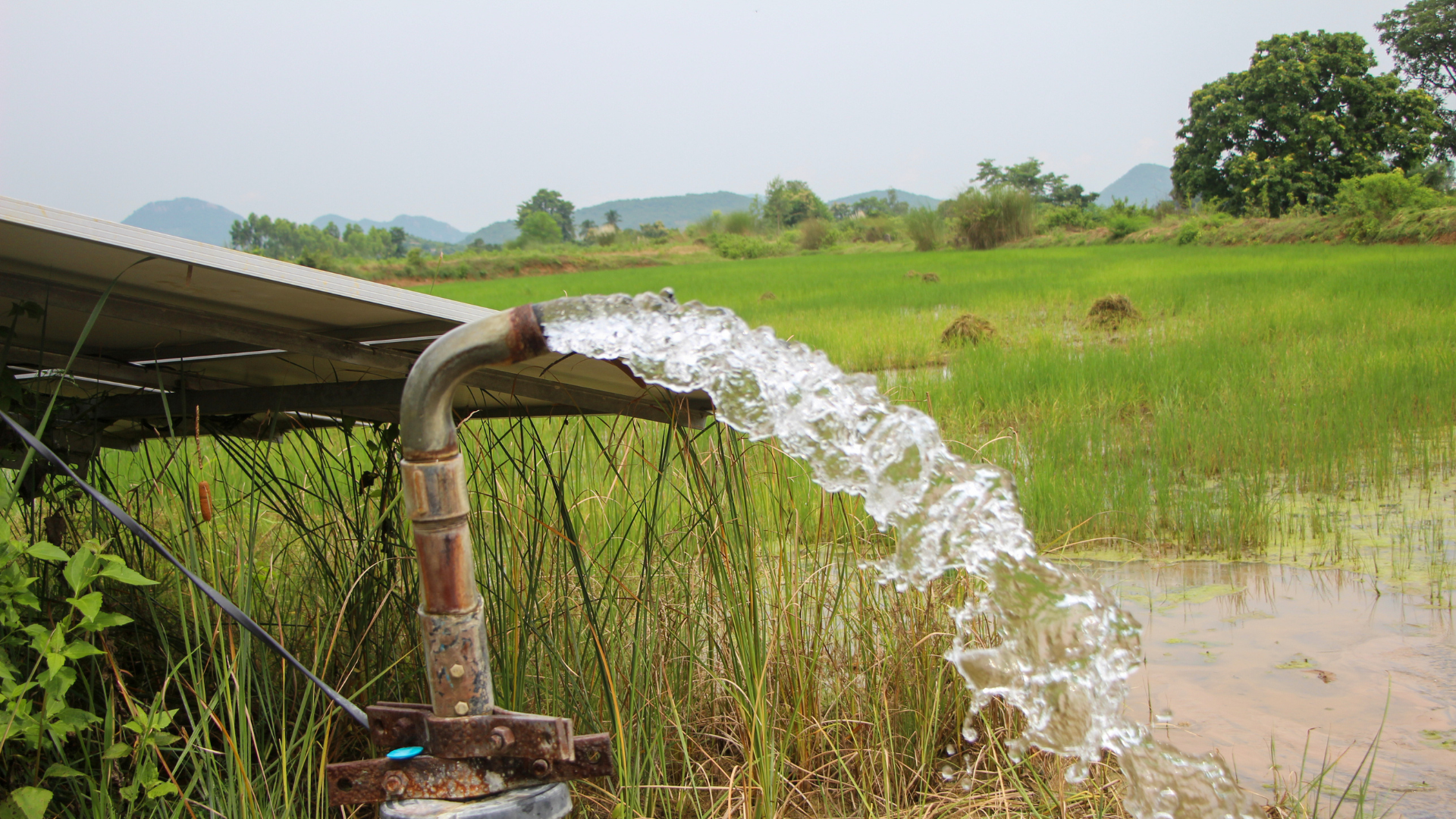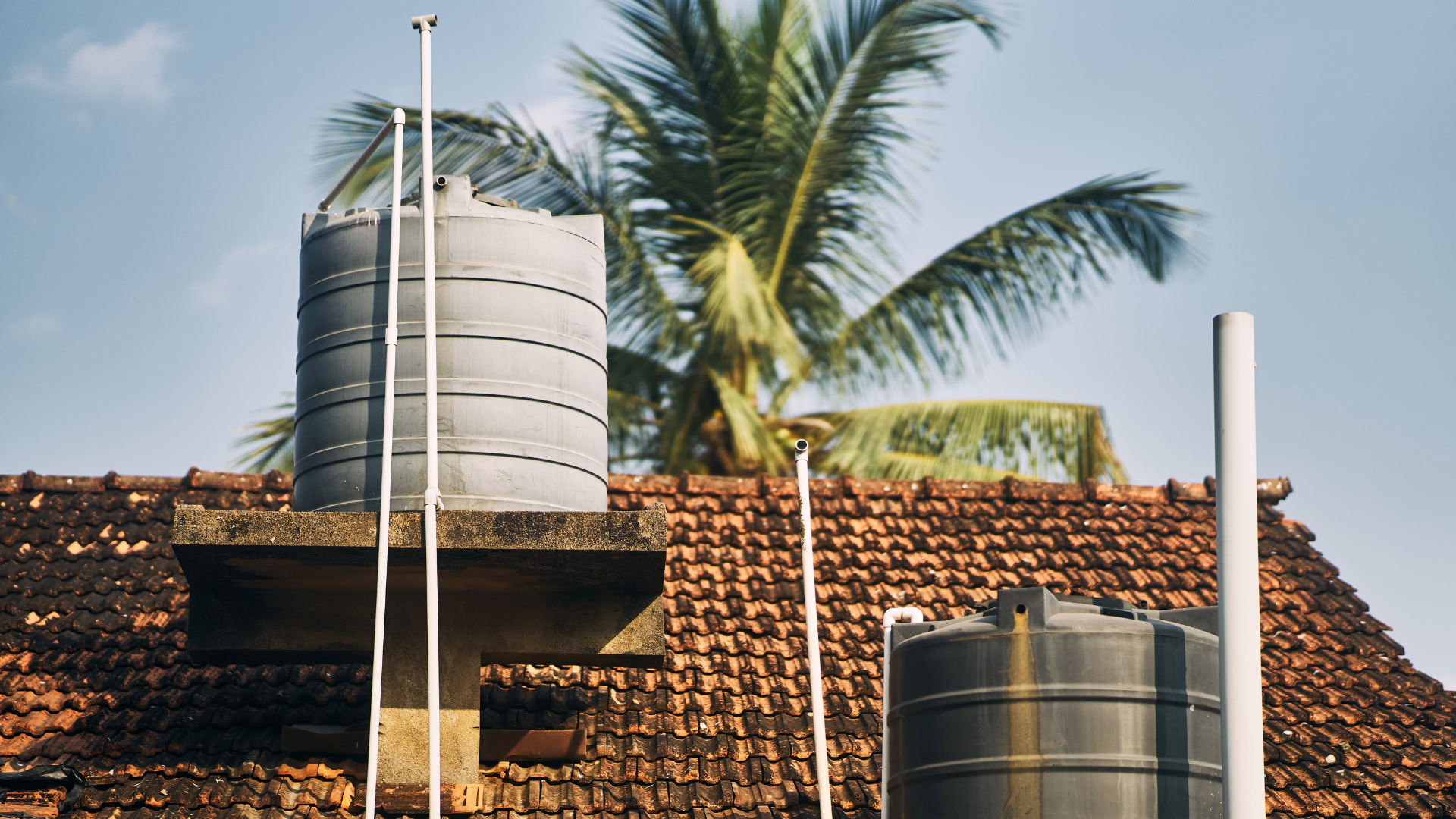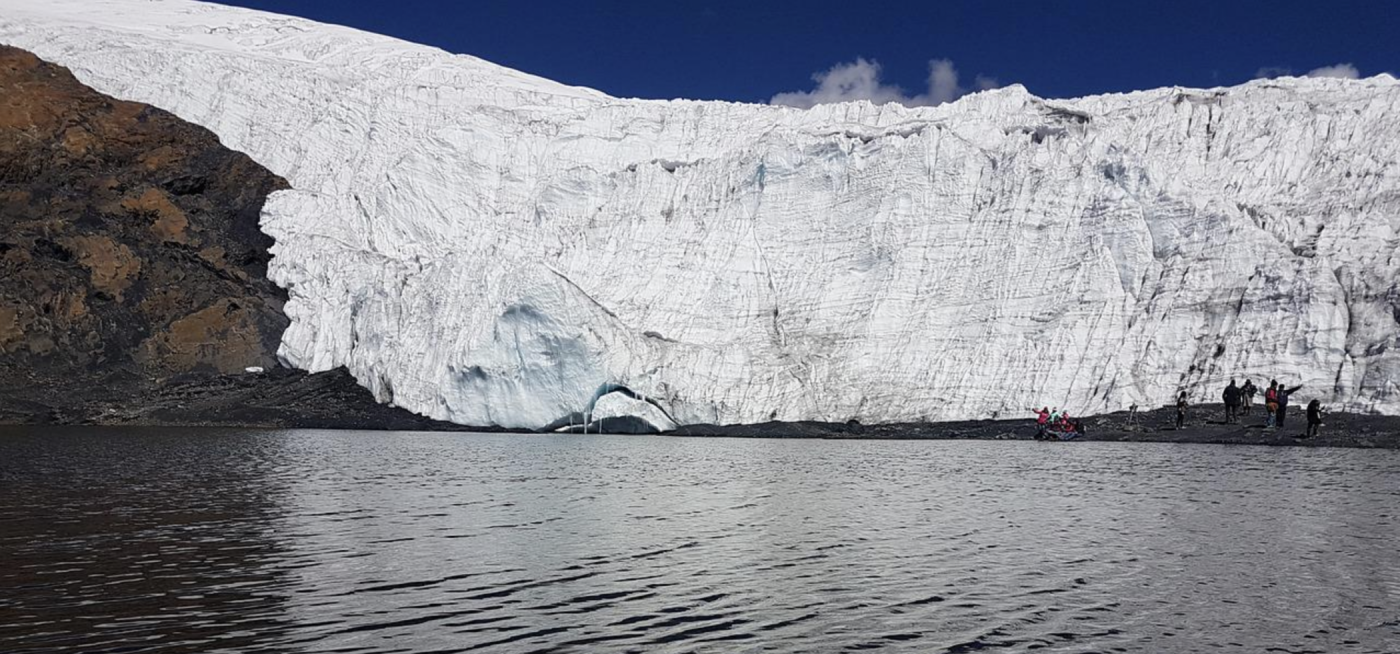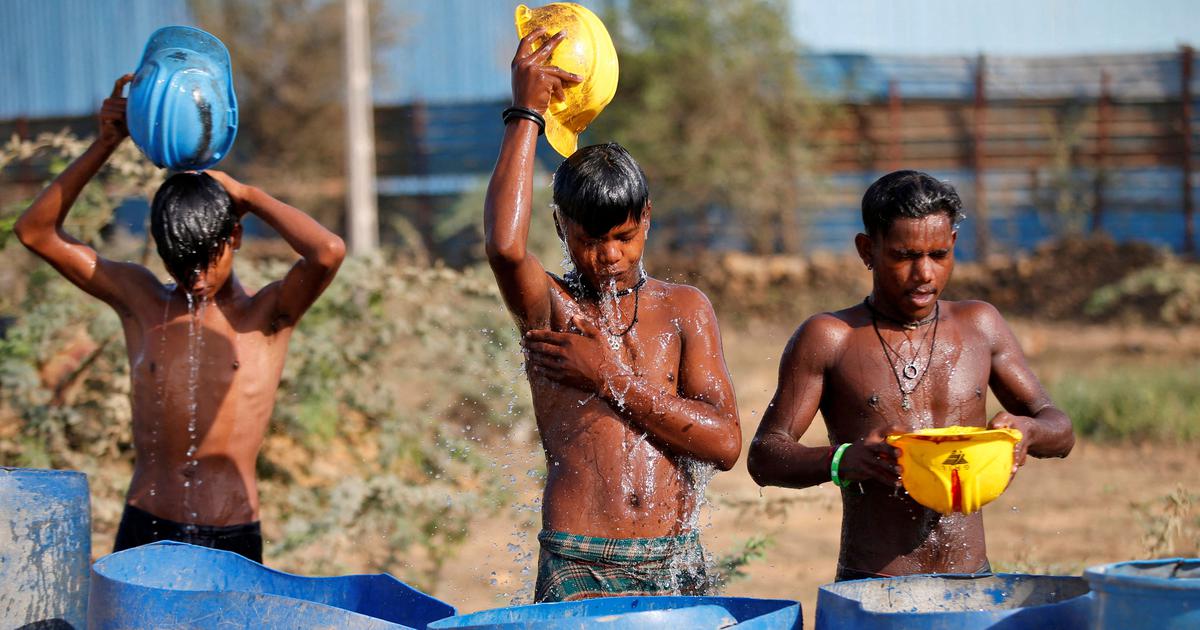India’s Water Crisis Ahead of 1.5 Degree Warming World: A Portent of Disaster to Come
Addressing the ramifications of the crisis and the necessity for a comprehensive strategy for India’s water resource management is crucial for a scorching summer ahead. Can political parties make this an election agenda?
By Anjal Prakash / Apr 24, 2024

India's water shortage is a significant concern as global warming approaches a 1.5-degree threshold. Increased temperatures and monsoon pattern changes brought on by climate change make water scarcity worse, endangering the stability of agriculture and necessities. Urgent action is necessary because unsustainable practices and growing urbanisation deplete water sources. India has to accept the harsh truth that if adequate mitigation measures are not taken, the water problem will worsen and endanger livelihoods and economic stability as temperatures rise and rainfall becomes irregular. Addressing India's water problems is necessary and existentially critical for the country's sustainable future in the face of 1.5-degree global warming.
The recent crisis in Bangalore is a frightening indication that the nation’s changing climate, unpredictable monsoons, extreme temperatures, and mismanagement of water bodies are severe hazards to this massive country. Over 1000 years, India has developed an elaborate water system while struggling to fulfill the country’s requirements for agriculture, domestic consumption, and several other uses. However, with a population of over 1.4 billion, those demands have dramatically expanded.
The Precarious Balance
There is also the ever-stretching delicate balance of India’s water management systems; the sectors of agriculture, domestic consumption, and other industries, which were already in a nuanced relationship of give-and-take, have significantly strained. A 1.4 billion-strong population of India has boosted the demand in all sectors, which has naturally been met with a shrinking availability of water resources. This has happened primarily due to inadequate foresight and planning and often resulted in the depletion of water resources.
Another critical factor responsible for the water crisis in India is changing monsoon patterns. The monsoon season was previously the agricultural boon, but in recent times, it has demonstrated increased unpredictability. Prolonged dry seasons with intermittent heavy rainfall have become more common, disrupting traditional farming patterns and reducing agriculture outputs. This trend endangers the changes in food security and millions of agricultural jobs.
Urgency Amid Climate Trajectory
It is essential to remember one of the most pressing problems that won’t be solved in one of the world’s largest democracies before the upcoming elections- India’s mismanagement of water resources amid the trajectory of rising weather patterns. The recent water crisis in Bangalore was only a tiny warning that made it clear that comprehensive measures to protect India’s water security must be implemented soon to avoid severe climate-induced issues. However, the water problem in India is much more multi-layered and complex than it might seem. It is not limited to any particular issue, such as rapid urbanisation, industrial growth, agriculture, and insufficient infrastructure; climate change also exacerbates these and other problems. Unpredictable monsoons and rising temperatures only exacerbate water scarcity, undermining people’s and the economy’s most basic needs, such as agriculture and industry.
Bangalore, sometimes called India's Silicon Valley, just had a severe water crisis, highlighting how susceptible urban areas are to water scarcity. The city is vulnerable to the whims of climate change because it relies on unsustainable groundwater extraction and inadequate rainwater gathering facilities. If pre-emptive steps are not taken, such situations will likely grow more frequent and severe as temperatures rise and rainfall becomes more erratic.
The mishandled water resources of India have far-reaching consequences beyond the cities. A large percentage of the population is employed in agriculture, which makes it especially vulnerable. With unpredictable weather, traditional farming methods that depend on monsoon rains are no longer sustainable. Crop failures result from the challenges farmers face due to droughts, floods, and declining groundwater levels. Furthermore, the water shortage also affects India's industrial sector, the main engine of the country's economic expansion. Water is essential to many businesses for cooling, sanitary, and manufacturing operations. In addition to endangering output, a diminishing water supply also risks the livelihoods of millions working in these industries.
Resolving India's Water Dilemma
India's water dilemma requires a multipronged strategy combining strong policy judgments and scientific understanding. First and foremost, better governance and management of water resources are desperately needed. This entails bolstering legal frameworks, funding water-saving innovations, and encouraging environmentally friendly behaviour across industries.
Additionally, a concentrated effort must be made to improve the water infrastructure, especially in urban areas. Reducing the burden on current water supplies and enhancing resilience against future water shortages can be achieved by investing in rainwater gathering, wastewater recycling, and effective distribution networks. Promoting climate-resilient farming techniques is crucial for the agriculture industry. This means encouraging crops that can withstand drought, putting effective irrigation systems into place, and giving farmers access to accurate weather reports and agricultural advice services.
More coordination between central agencies and state and local government is required in policy. Climate change is an international issue, and cooperative efforts across political divides are necessary for efficient water management. Furthermore, the public's involvement and awareness are essential for promoting change. Encouraging community-led projects, changing people's behaviours, and raising awareness of the value of water conservation can all help people take responsibility for local water resources.

Prioritising India's Water Security: An Agenda for National Election
India is at a crossroads, and the next election could offer a chance to put water security at the top of the national agenda. Political leaders need to acknowledge how serious the situation is and pledge to take decisive action to address the underlying causes of India's water crisis. Ensuring the security of India's water resources is crucial and needs to be a top priority for the forthcoming national election. India confronts many obstacles in providing its people with access to safe and dependable water sources because of its expanding population, industrialisation, and the effects of climate change.
Enhancing water infrastructure ought to come first and foremost. This covers expenditures for wastewater treatment and systems for storing and distributing water. Supporting agriculture, which uses many water resources, will also need upgrading and growing irrigation networks. India needs to take immediate action to address the issues brought on by climate change in light of the Bangalore water crisis. India may forge ahead with more proactive policymaking and scientific expertise in tandem with a comprehensive approach to create a more sustainable and
In addition, encouraging water-saving measures is crucial. Water wastage may be greatly decreased by promoting efficient water use among individuals, communities, and industry. India can protect its water supplies by implementing rainwater gathering technology, encouraging effective irrigation practices, and increasing public awareness of the value of water conservation. Moreover, initiatives ought to concentrate on revitalising and safeguarding aquatic environments. Many rivers and lakes are depleted and contaminated by sewage, industrial discharge, and encroachment. Stricter laws, the promotion of waste treatment facilities, and awareness-raising initiatives can all aid in resolving these problems.
Anjal Prakash is a Clinical Associate Professor (Research) at Bharti Institute of Public Policy, Indian School of Business (ISB). He teaches sustainability at ISB and contributes to IPCC reports.
Water resource management Heatwaves India

